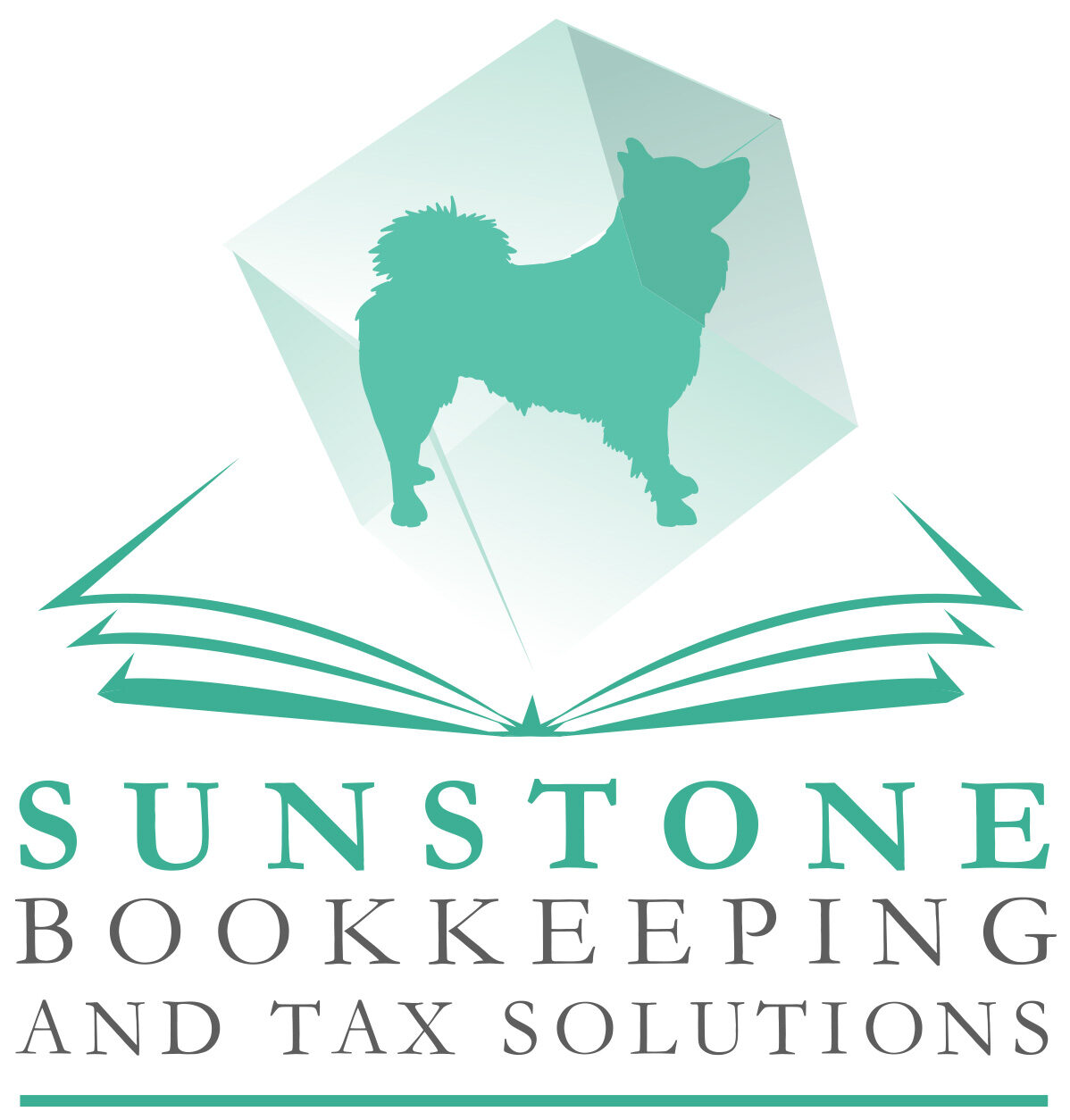Self-employed individuals face unique challenges when qualifying for Social Security Disability Insurance (SSDI). However, by leveraging optional methods for figuring self-employment tax, you can enhance your eligibility for SSDI benefits and unlock potential tax benefits like the Earned Income Tax Credit (EIC). Here’s how you can make the most of these optional methods.
Key Requirements for SSDI Eligibility for Self-Employed Individuals
- Work Credits:
- SSDI eligibility hinges on accumulating enough work credits, which self-employed individuals earn based on net earnings.
- In 2024, one work credit is earned for every $1,730 in net earnings, up to a maximum of four credits per year.
- Recent Work Test:
- This test checks your work history prior to becoming disabled, with varying requirements based on age:
- Under 24 of age: 6 credits in the 3 years before disability.
- Ages 24-31: Credits for half the time worked between age 21 and the onset of disability.
- 31 and older: Typically, 20 credits in the 10 years before disability.
- Duration of Work Test:
Ensures sufficient work history under Social Security, with requirements depending on your age at disability onset.
Example: At age 50, you need 28 credits (7 years of work).
- Medical Requirements:
You must have a condition meeting the SSA’s definition of disability, preventing substantial gainful activity (SGA) and expected to last at least one year or result in death.
(For further reading How You Earn Credits & If You Are Self-Employed at SSA.gov)
Leveraging Optional Methods for Self-Employment Tax
If your Schedule C net income is negative, you may be able to effectively “purchase” those credits by using optional methods to calculate your net earnings from self-employment! These can significantly impact your SSDI eligibility and other tax benefits.
- Farm Optional Method:
- Ideal for farmers with gross farm income of $8,640 or less, or net farm profits under $6,960.
- Allows you to report two-thirds of your gross farm income (up to $6,960) as net earnings, even if your actual earnings are lower. This can help you meet the income threshold for work credits.
- Nonfarm Optional Method:
- Suitable for nonfarm businesses with net nonfarm profits under $6,960 and less than 72.189% of gross nonfarm income.
- Lets you report your actual net earnings or a minimum of $5,640 (whichever is lower), aiding in meeting work credit requirements.
Benefits of Using Optional Methods
Enhanced SSDI Eligibility:
Optional methods can ensure you earn sufficient income to qualify for work credits, crucial for maintaining SSDI eligibility during low-earning years.
Consistent Work Credits
- By consistently meeting work credit requirements, you avoid gaps in your work history that could jeopardize your SSDI eligibility.
Increased SSDI Benefits:
- Reporting higher net earnings can result in higher SSDI benefits, as the benefit amount is based on your average lifetime earnings.
Tax Benefits:
- Utilizing optional methods can also qualify you for the Earned Income Tax Credit (EIC), a refundable tax credit that can reduce your tax liability and potentially result in a
Conclusion
Self-employed individuals can significantly benefit from understanding and utilizing optional methods for calculating self-employment tax. These methods not only help in qualifying for SSDI benefits by ensuring consistent work credits and potentially higher benefit amounts, but they also unlock valuable tax benefits such as the EIC.
You might end up having to pay something in SE taxes, essentially “buying” your credits, but just think of this as a cheap way of buying disability insurance. You can even amend past returns (up to the last 3 years) to make this happen.
Important note: If the Schedule C business is in the name of only one spouse, then the credits only accrue to that spouse, even if you file your return jointly. Think carefully about this!
Things to do:
- Create your Social Security Account if you don’t have one. You can monitor your credits toward Social Security Benefits.
- CHECK YOU ELIGIBILITY!
- If you aren’t eligible, review your past three years of tax returns to see if your Self Employment Income was reported as negative and then re-figure the SE income using the appropriate method.
- If eligible, file that amendment!
For tailored advice, consider consulting with a tax professional or a Social Security expert to navigate these strategies effectively and maximize your financial support in case of disability.
